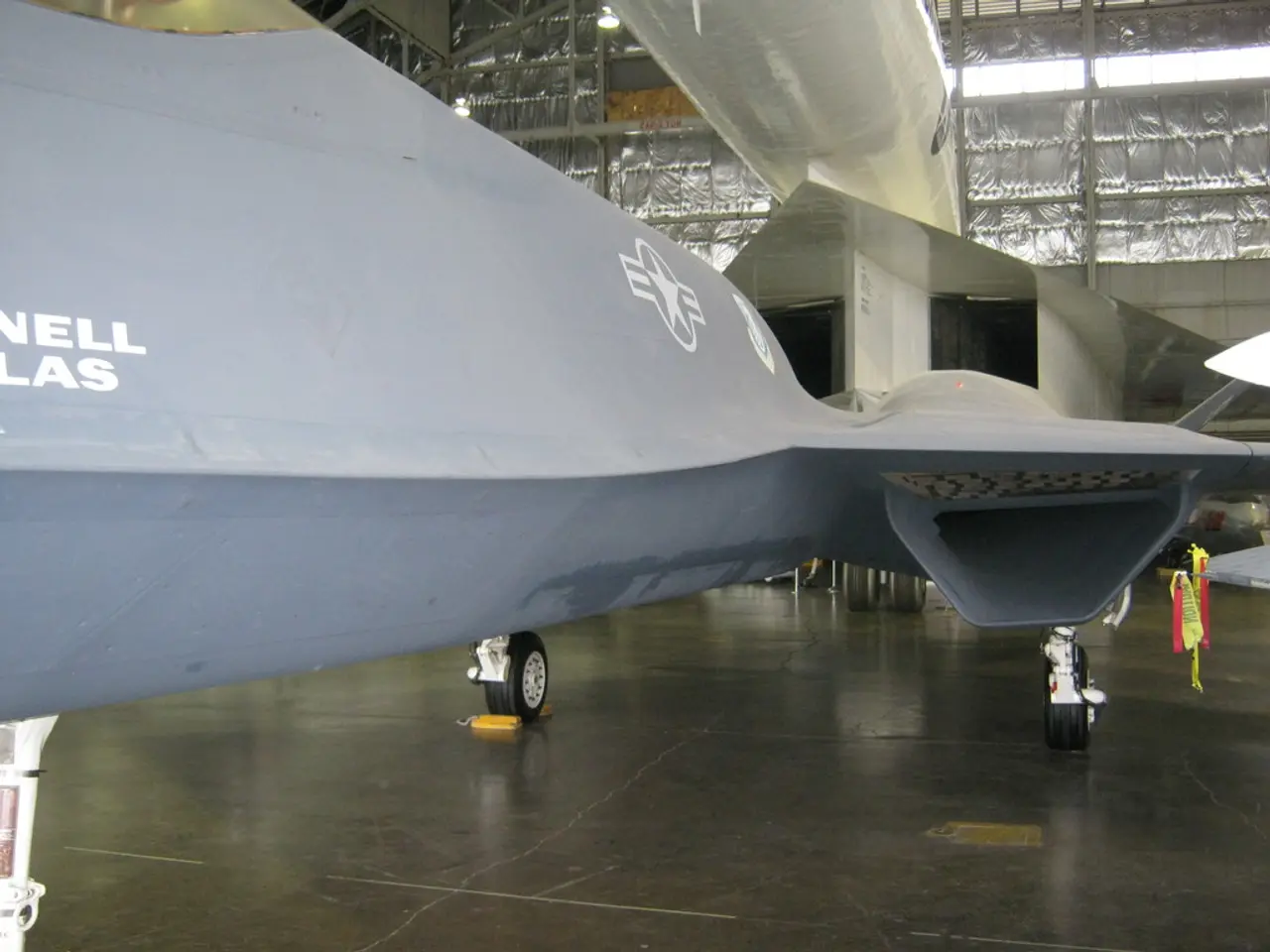Persistent Anxiety about Flying: Insights on Safety Records and Solutions to Overcome Fear
Captain Alon Pereg, an airline captain and flight instructor with over 40 years of experience flying military and commercial aircraft, has developed an app to help anxious travelers manage their fear of flying. The app, named SimpliFly, was launched in 2021.
Aviophobia, or the fear of flying, has persisted despite extensive research for over 30 years. According to Pereg, the aviation industry has yet to fully recognize its extent. The DSM-5 classifies aviophobia as a situational-specific phobia, often resulting from inherited anxiety, traumatic flying experiences, or related phobias such as claustrophobia.
Research on the fear of flying remains rare in 2025, despite long-term studies primarily because the phenomenon is complex, involving individual psychological factors. Comprehensive research into the reasons for the persistence of aviophobia is surprisingly rare.
Pereg believes that the aviation industry will start to address the fear of flying once autonomous aircraft become commonplace. He suggests that the industry's slow response to addressing aviophobia may be due to the general safety record of commercial air travel. According to safety figures from the International Air Transport Association (IATA) annual safety report for 2024, commercial air travel is among the safest forms of public transportation. As of 2025, five billion passengers traveled on over 40 million flights, with an accident rate of 1.13 accidents per million sectors, seven fatal accidents resulting in 244 onboard fatalities, and a fatality risk of 0.06.
Pereg's program aims to help passengers train their brain to be in a state of fear, rather than avoiding it. Understanding and accepting fear is the first step in tackling a fear of flying, according to Pereg. His app includes a video course that clarifies the mechanics of flight, audio clips for relaxation, and a feature for online chat with pilots (discontinued).
Pereg categorizes fearful flyers into three main groups: those who have experienced a traumatic flight, those who inherit their anxiety from others, and those whose pre-existing anxieties show up while flying, with claustrophobia being a frequent example. Most passengers know, on some level, that flying is safe, but dealing with fear, especially in the aftermath of high-profile aviation accidents, can be challenging.
Pereg predicts a future in which aircraft will operate without pilots, which could potentially take the fear of flying to an extreme level. However, he believes that once the aviation industry addresses the fear of flying, research and solutions will emerge quickly.
In conclusion, Captain Alon Pereg's SimpliFly app is a significant step towards helping individuals manage their fear of flying. As the aviation industry continues to evolve, it is hoped that more research will be conducted to better understand and address aviophobia, ensuring that more people can enjoy the benefits of air travel.
Read also:
- Lawyers for the deceased Greek heiress's family, age 28, intend to file a lawsuit against two UK hospitals due to reportedly denying her treatment after an alleged insect bite led to her unfortunate demise.
- Increased Number of Uninsured Individuals May Push Local Healthcare Facilities to Their Limit
- Pokhara Regional Health and Technical Service Written Exam Results for 5th Level, Released by Lok Sewa Aayog
- Healthcare Support Hub in Augsburg





